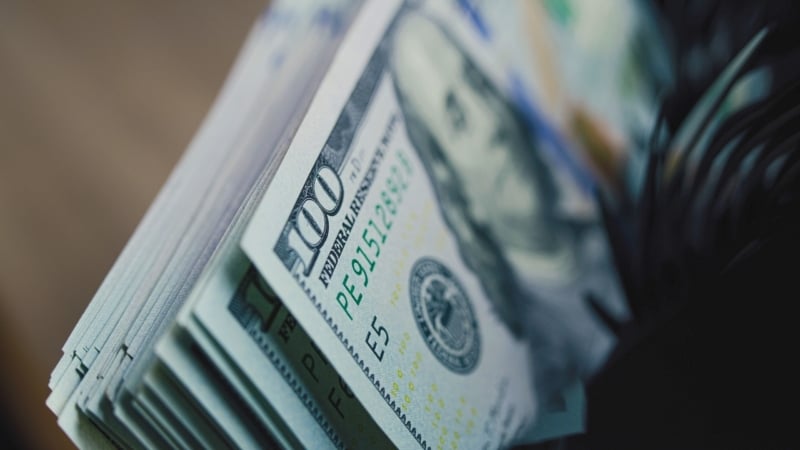Publisher: Maaal International Media Company
License: 465734
Amid fears of Indian production decline .. Global sugar prices rise 16% in a month
اقرأ المزيد
A monitoring by (Maaal) revealed that global sugar prices have returned to rise by about 16% in a month against the backdrop of fears of a decline in India’s production – the second largest sugar producer in the world – after pests struck the cane crop in Uttar Pradesh, the highest-producing region in India, which raised fears in the markets that India would backtrack on its decision to return to export markets this year by about one million tons.
According to the monitoring, the global average price of sugar rose to record about $540 per ton (without shipping) at the end of last week compared to $467 per ton on January 22, thus ending global sugar prices a series of declines that extended since the last week of September 2024, when they recorded a new record level of $751 per ton against the backdrop of fears of a decline in production in Brazil – the largest producer and exporter in the world – as a result of drought and fires that struck agricultural areas at a time when India banned sugar exports last year as a result of a decline in production.
Locally, according to data from the General Authority for Statistics, sugar prices in the local market are stable, with the average price of (family) sugar for a 10-kilogram package recording about 44 riyals last January, compared to about 43.70 riyals a year ago, an increase of no more than 1%, indicating the abundance of local supply and the increase in stocks that maintained the stability of its prices locally.
The Kingdom imports about 1.8 million tons of sugar annually, and most of the Kingdom’s imports are imported from Brazil, the largest exporter in the world, as well as from Thailand, Australia and Guatemala, which have not imposed restrictions on their sugar exports.
Current expectations indicate that the recent wave of increases in global sugar prices depends on the decisions of the Indian government in light of the expected decline in production, which the latest reports indicate a decline to about 26 million tons, compared to 29.3 million tons, previous expectations, meaning that there is an expected decline in production by about 3.3 million tons that may lead to the continuation of the Indian government’s restrictions on exports. The Indian government announced last month that it would allow the export of about one million tons of sugar this season to allow companies to dispose of their high stocks, after two seasons of restricting and banning exports except on a narrow scale and according to bilateral agreements with some countries.
It is worth noting that India’s cancellation of the sugar export ban led to a 32% decline in global prices during the past year 2024, despite concerns that dominated the market due to the drought that affected the crop in Brazil, the world’s largest producer and exporter of sugar.
According to data from the International Sugar Organization, global sugar production this season 2024/2025 is expected to be about 179 million tons, down from about 181.4 million tons last season, while global consumption is expected to rise to about 181.6 million tons this season, compared to about 180 million tons last season, and therefore there is a production deficit to meet global consumption estimated at about 2.5 million tons that will be withdrawn from global stocks, which will continue to decline for the second season in a row to about 96.5 million tons.
Expectations of higher global sugar production and stocks for the upcoming season, which begins in October, could limit the continued rise in prices, which could push the market towards a surplus to support stocks, but supplies may remain tight in the near term, as Thailand, another major producer, is expected to produce less than usual this season, which has helped push white sugar futures higher. Brazil is the world’s largest producer and exporter of sugar, accounting for about 50% of global exports, followed by Thailand with 13%, and then India with 4%, which could return to being the second largest exporter after Brazil after the export ban is lifted. India, the world’s third-largest sugar exporter after Brazil and Thailand, banned sugar exports last year after drought caused a significant decline in sugarcane production and a significant rise in sugar prices in the local market.








